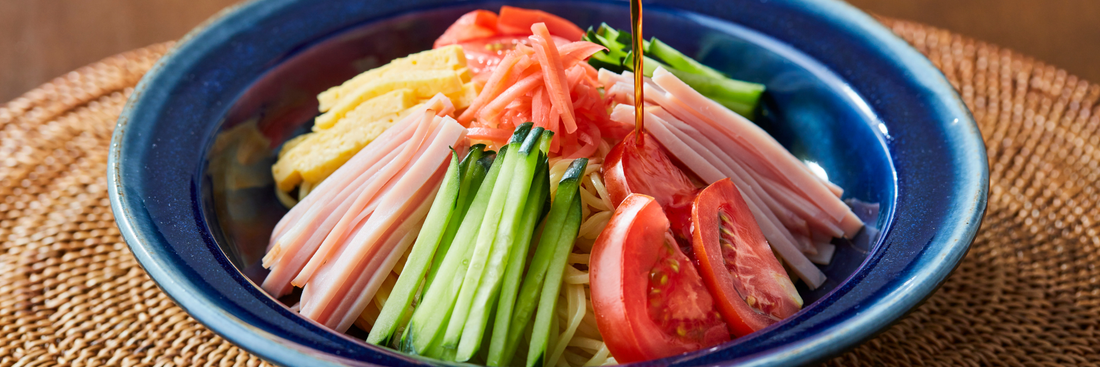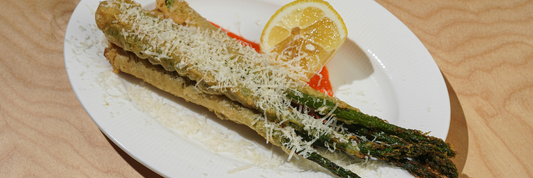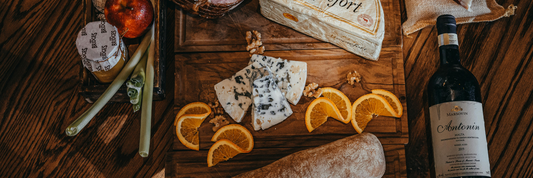Imagine serving a dish that looks as refreshing as summer itself colorful noodles, crisp vegetables, tender protein, and a light, tangy sauce. That’s Hiyashi Chuka, Japan’s famous cold ramen.
While it’s a beloved summer dish in Asia, many North American diners are still unfamiliar with it. But with growing interest in Japanese cuisine, wellness-focused meals, and global flavors, now is the perfect time for restaurants to introduce cold ramen in a way that resonates with local tastes.
At Kimecopak, we help restaurants and cafés in Canada and North America bring Asian dishes to life through sustainable, high-quality food packaging because how you serve it matters just as much as what’s inside.
-
5 Tips to Store Ramen Noodles Without Getting Soggy While Waiting
-
Comparing Wooden, Bamboo, and Paper Packaging for Sushi Take-Out
-
Forecast 2026: Emerging Ingredient Trends in Sushi & Ramen
Understanding Hiyashi Chuka

What Is Hiyashi Chuka?
Hiyashi Chuka literally means “chilled Chinese-style noodles.” It’s typically made with ramen noodles served cold, topped with shredded egg, cucumber, ham or chicken, and drizzled with soy-based or sesame dressing.
The appeal lies in its balance refreshing, savory, and light. But to introduce it to new markets, presentation and storytelling are key.
Step-by-Step: How to Introduce Cold Ramen to North American Customers

1. Educate Through the Menu and Storytelling
When introducing unfamiliar dishes, storytelling bridges the cultural gap.
Tips:
- Include a short description on your menu explaining that it’s a cold ramen salad perfect for hot days.
- Use storytelling: share its origin as Japan’s summer comfort food.
- Offer visual cues: display photos showing the vibrant ingredients and textures.
2. Adapt Flavors Without Losing Authenticity
North American palates often prefer bold, balanced flavors. Try small adaptations that respect the dish’s roots:
- Add a touch of sweetness or spice to the dressing.
- Offer protein options like grilled shrimp or tofu for versatility.
- Incorporate familiar toppings (e.g., avocado, pickled ginger).
This helps ease customers into trying something new without diluting its authenticity.
3. Highlight the Experience
Position Hiyashi Chuka as a seasonal, refreshing alternative to hot ramen.
You can:
- Create a “Summer Cold Noodle Series.”
- Pair with iced matcha or fruit tea.
- Use visual storytelling across social media: short videos of chilled noodles being mixed before serving.
The key is to make the experience feel exciting, exclusive, and refreshing.
4. Choose the Right Packaging for Takeout and Delivery
Presentation is essential — especially when customers order online. Cold ramen relies on freshness and visual appeal.
Recommended packaging by Kimecopak:
| Component | Suggested Eco-Friendly Packaging | Why It Works |
|---|---|---|
| Noodles & toppings | Kraft salad bowls with separate lid | Keeps ingredients fresh and visually appealing |
| Dressing | Compostable sauce cups with lid | Prevents sogginess during transport |
| Branding | Custom paper labels | Adds authenticity and professionalism |
| Cutlery | Wooden or cornstarch-based utensils | Completes the eco-friendly dining experience |
By using paper-based, compostable packaging, your restaurant not only enhances presentation but also demonstrates environmental responsibility something many North American diners now expect.
Marketing Cold Ramen in North America

1. Seasonal Campaigns
Launch it as a limited-time summer dish. This creates urgency and aligns with seasonal dining habits.
Example:
“Beat the heat with a bowl of chilled ramen Japan’s favorite summer classic, now served sustainably.”
2. Social Media and Influencer Collaboration
- Partner with local food bloggers or Asian cuisine influencers.
- Use hashtags like #ColdRamen #HiyashiChuka #SustainableDining.
- Share behind-the-scenes videos: chefs preparing noodles, packaging with care, etc.
3. Sampling and Local Events
Offer tasting portions at festivals or community events. Pair the experience with eco-friendly utensils and small compostable bowls.
Why Sustainability Matters in Food Presentation

North American consumers are increasingly eco-conscious. According to recent surveys, over 60% of diners prefer restaurants that use sustainable packaging.
By choosing Kimecopak’s eco-friendly food packaging, your restaurant can:
- Align with sustainability trends.
- Reduce waste and enhance brand credibility.
- Deliver a premium dining experience both in-store and to-go.
Quick Checklist: Launching Cold Ramen Successfully
- Educate customers through visuals and menu descriptions.
- Adapt flavors to local preferences while maintaining authenticity.
- Use eco-friendly, visually appealing packaging.
- Launch during summer with strong storytelling.
- Leverage influencers and social media.
- Highlight your restaurant’s sustainability commitment.
Conclusion
Introducing Hiyashi Chuka to North American customers isn’t just about adding a new dish it’s about offering an experience that’s refreshing, authentic, and responsible.
With Kimecopak’s sustainable packaging, your restaurant can deliver this dish with elegance and integrity turning curiosity into loyalty, one chilled bowl at a time.
FAQs
1. What is Hiyashi Chuka made of?
Hiyashi Chuka is a Japanese cold noodle dish with ramen noodles, colorful toppings (egg, cucumber, meat, and more), and a soy or sesame-based dressing.
2. Is cold ramen popular in North America?
It’s gaining popularity, especially during summer. Many customers are drawn to its refreshing taste and vibrant presentation.
3. How can I make Hiyashi Chuka appealing to local customers?
Highlight freshness, adapt flavors slightly, and share its story as a Japanese summer tradition.
4. What packaging is best for cold ramen delivery?
Paper or kraft bowls with tight lids and separate sauce containers all available from Kimecopak keep the dish fresh and sustainable.
5. Why should restaurants use eco-friendly packaging?
Sustainable packaging enhances brand image, reduces waste, and appeals to environmentally aware customers a growing segment in the North American market.
-
LEARN MORE about How "Subscribe for a Happy Life" will benefits your business HERE!
-
LEARN MORE about Kim Vu, sharing on the challenges she faced as a former restaurant owner, and how she overcame them to create KimEcopak HERE!




